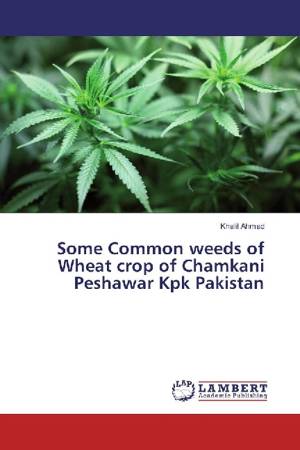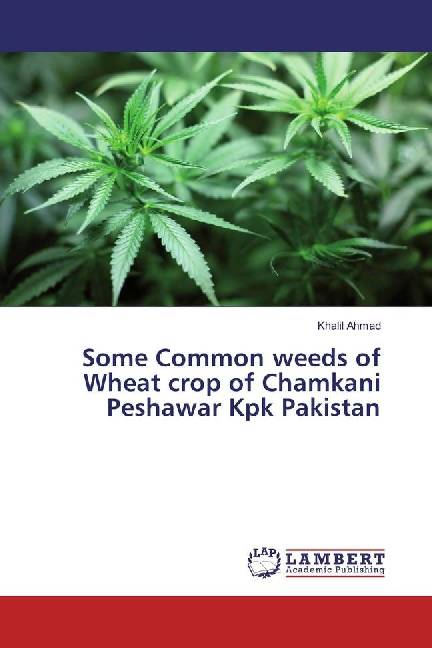
- Afhalen na 1 uur in een winkel met voorraad
- Gratis thuislevering in België vanaf € 30
- Ruim aanbod met 7 miljoen producten
- Afhalen na 1 uur in een winkel met voorraad
- Gratis thuislevering in België vanaf € 30
- Ruim aanbod met 7 miljoen producten
Zoeken
€ 35,45
+ 70 punten
Omschrijving
An ecological study of weeds of wheat crop of Chamkani, District Peshawar was carried out to assess floristic composition and its ecological characteristics during 2013-2014. It contained 58 weeds species of 21 families.Based on number of species, Asteraceae (10 spp) and Poaceae (7 spp) were the leading families. Some other families like Brassicaceae and Fabaceae (each with 5 spp) were next in term of species richness. The remaining families had either 4 species or more. Life form was restricted to therophytes (47 spp, 81.03%) followed by teophytes (7 spp, 12.06%) and hemicryptophytes (4 spp, 6.8%). Leaf size spectra revealed that there were 37.9% (22 spp) nanophylls, 29.31% (17 spp) microphylls, 20.68% (12spp) leptophylls and 12.06% (7 spp) mesophylls. The result showed less weed diversity as compared to the literature cited due to the modern facilities of agriculture, farming and proximus of weedicid, However some of the weeds have become tolerate and grow luxuriously.
Specificaties
Betrokkenen
- Auteur(s):
- Uitgeverij:
Inhoud
- Aantal bladzijden:
- 84
- Taal:
- Engels
Eigenschappen
- Productcode (EAN):
- 9783659959561
- Uitvoering:
- Paperback
- Afmetingen:
- 150 mm x 220 mm

Alleen bij Standaard Boekhandel
+ 70 punten op je klantenkaart van Standaard Boekhandel
Beoordelingen
We publiceren alleen reviews die voldoen aan de voorwaarden voor reviews. Bekijk onze voorwaarden voor reviews.











